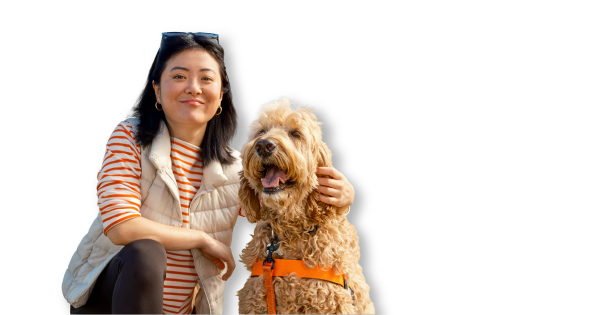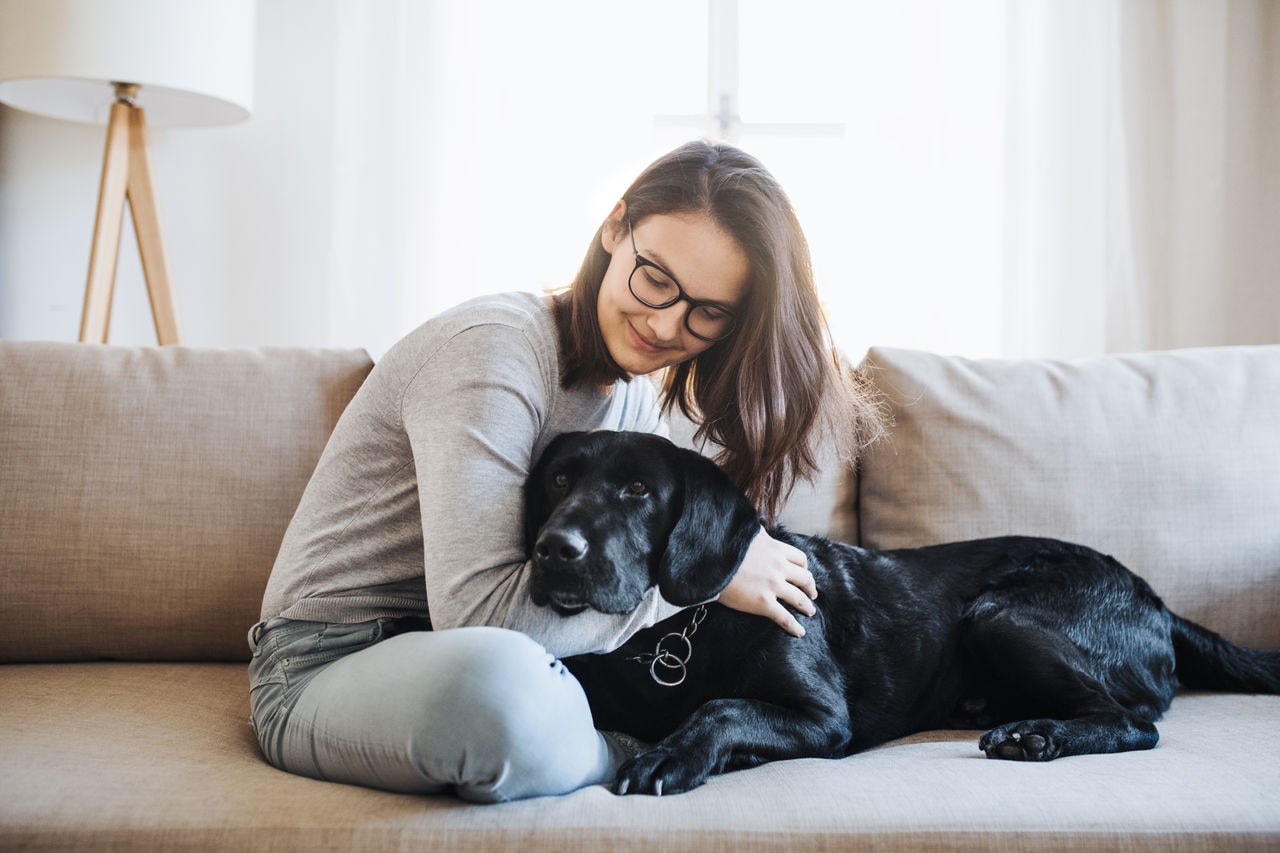- text
-
° This offer is only available for policyholders who have a registered Everyday Rewards Card linked to their eligible active Everyday Insurance policy. This offer is limited to one in-store Woolworths Supermarket transaction up to $500, with a maximum saving of $50 per Everyday Rewards Card, per month, regardless of the number of Woolworths services you use. For full T&Cs click here.
Pets and road safety.
Practical tips to keep your pet safe on the road.
Pet Insurance | 2 minute read | 13 July 2025
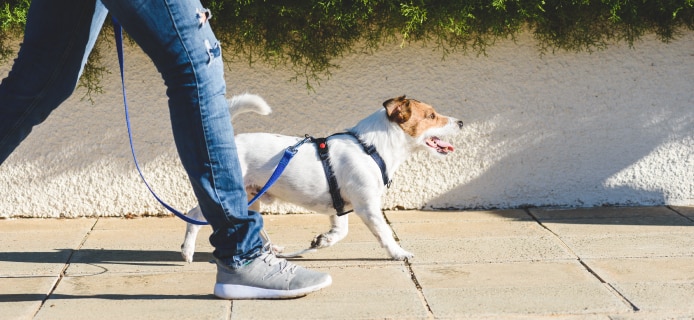
With a growing number of pets joining Australians on road trips or outdoor adventures, it's crucial to keep pets safe within these busy and high-risk environments. The abundance of businesses, cafes and accommodation types that support a pet-friendly lifestyle, combined with Australia’s vast network of major motorways and busy roads, presents a real risk to the health and wellbeing of our pets.
Road traffic accidents in pets.*
| State/territory. | Number of accidents. |
|---|---|
| Western Australia (WA). | 158 |
| Northern Territory (NT). | 4 |
| South Australia (SA). | 78 |
| Queensland (QLD). | 269 |
| New South Wales (NSW). | 420 |
| Australian Capital Territory (ACT). | 19 |
| Victoria (VIC). | 331 |
| Tasmania (TAS). | 24 |
| Australian total. | 1,303 |
* PetSure claims data for road traffic incidents for 2023 and 2024. Includes claims related to motor vehicle and bike accidents.
What risk do our roads and motorways have for pets?
Pets are frequently transported in cars, but many pet parents may not take the proper precautions necessary to keep them safe. If pets jump or fall out of a moving vehicle, or when walking near busy roads, this can be a serious risk if the pet is not properly secured with the vehicle or restrained with a lead when roaming near congested roads or motorways.
Pets that are injured in motor vehicle accidents can face severe health consequences, ranging from bone fractures to internal injuries. PetSure claims data shows there were 1,304 claims for motor vehicle incidents in 2024, which is down from 1,415 in 2023.
Interestingly, New South Wales (NSW) was the state with the highest number of claims for traffic incidents in 2024,* which may be due to human and pet population density, potentially leading to more traumatic injuries involving pets and motor vehicles. New South Wales (NSW) recorded 420 motor vehicle accident claims with 67% of these claims occurring in urban areas. VIC and QLD recorded a total of 331 and 269 motor vehicle related claims respectively.
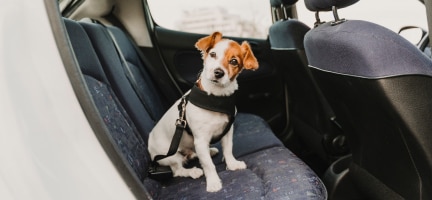
How can I keep my pet safe on the road?
To keep pets safe when getting behind the wheel or when out near a busy road or motorway, pet parents should take the following precautions:
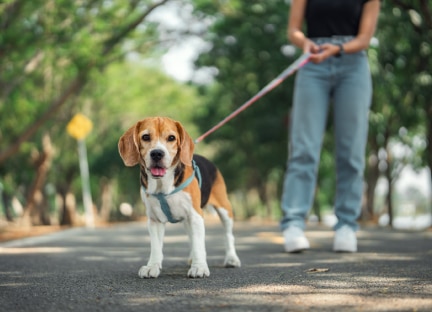
1. Lead training for controlled walks near roads: Teach your pet to walk calmly on a short lead, especially in areas near traffic. This helps reinforce the idea that your pet should stay close to you and follow your lead.
2. Introduce "stop", "wait" and "leave it" commands near roads: Train your dog to stop and wait on command, especially before crossing busy roads. Practice near low-traffic areas first, gradually increasing the difficulty by moving to busier environments. Remember to reward your pet for obeying, so they associate the command with positive reinforcement. The "leave it" command can help teach your dog to avoid distractions, such as chasing after a ball that could lead them into traffic. Practice this command by using distractions, such as moving cars, bikes, or objects on the ground that could tempt your dog. Reward them when they leave it alone and re-focus on you.
3. Use a pet restraint system in vehicles: Just like humans, pets should be properly restrained during travel. Harnesses, pet seat belts, carriers or specially designed pet car seats can help prevent injuries in the event the vehicle stops suddenly. A secure pet is also less likely to escape through an open window.
4. Keep pets on leashes when exiting the vehicle: When exiting a vehicle on a busy road, it's crucial to keep your pet on a leash even during quick breaks. Busy highways and fast-moving vehicles can make even a short walk near a car dangerous. Always use a leash and ensure your pet stays by your side to avoid accidents.
5. Stop frequently for breaks: Frequent stops are necessary to stretch your pet's legs, hydrate and to relieve themselves. This is especially important on long drives along major motorways where fatigue or restlessness can lead to mishaps.
6. Ensure your pet has an up-to-date microchip: Make sure your pet is wearing an identification tag with up-to-date information. Microchipping is a reliable way to help locate your pet if you're travelling and they wander off, particularly in busy or unfamiliar areas near highways.
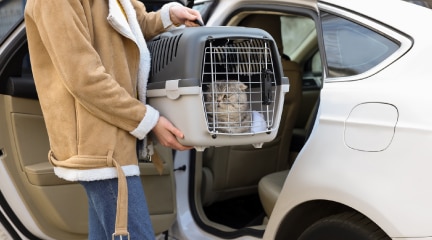
By staying mindful of road safety and taking the relevant precautions, pet parents can significantly reduce the risk of accidents. Keeping pets secure, restrained and well trained near major roads is vital to ensuring their safety and wellbeing, as well as the safety of other motorists and pedestrians.
How Everyday Pet Insurance can help.
Unexpected vet bills can be stressful. Pet Insurance can help cover the costs of diagnosis, treatment, and medication for various health conditions.
Here are some benefits you can enjoy with your Everyday Pet Insurance policy:
Other articles you might like
Help protect your loyal companion with Everyday Insurance and get 10% off an in-store Woolworths shop every month°
* PetSure claims data for road traffic incidents for 2023 and 2024. Includes claims related to motor vehicle and bike accidents.
- text
-
† Offer available to new Everyday Pet Insurance policyholders, and is limited to 1 membership per eligible policy. The free membership offer (valued at $199p.a) is from the date of your policy commencement, provided your Everyday Pet Insurance policy remains active. You are not eligible to redeem the free membership subscription for cash or credit. VetAssist is a separate subscription based service to the Everyday Pet Insurance product, and is provided independently by Everyday Insurance third party service provider, VetChat Services Pty Ltd (VetChat). Click here for full VetAssist Service terms and conditions. Everyday Insurance reserves the right to vary or remove this offer at any time and will provide reasonable notice of any such changes.
- text
-
= The gap is defined as the difference between the vet's invoice and the claim benefit under your policy. Policy terms and conditions apply. GapOnly® is only available at participating Vets. Please visit GapOnly® to search for GapOnly® enabled vets. GapOnly® is a trademark owned by PetSure (Australia) Pty Ltd (PetSure) (ABN 95 075 949 923, AFSL 420183).
- text
-
** Offer is valid until 1 July 2026 (Offer Period). This entitles you to a 30% discount off your prescription medication purchase from PetScripts Pty Ltd ABN 73 610 444 427 (PetScripts) whilst your policy remains in force during the Offer Period and cannot be used in conjunction with any other offer. This offer only applies to medication prescribed to the pet insured under Everyday Pet Insurance Policies. Services provided by PetScripts are separate to your pet insurance policy. The 30% discount offer is subject to PetScripts' general Terms and Conditions, including the Privacy Policy which are available online at www.petscripts.com.au. Everyday Pet Insurance may withdraw or extend this offer at any time without notice.
- text
-
Everyday Pet Insurance policies entered into for the first time prior to 17 July 2023 and subsequent renewals of those policies are issued by The Hollard Insurance Company Pty Ltd ABN 78 090 584 473, AFSL 241436 (Hollard), arranged and administered by PetSure (Australia) Pty Ltd ABN 95 075 949 923, AFSL 420183 (PetSure) and promoted and distributed by Hollard’s Authorised Representative (AR) Woolworths Group Limited ABN 88 000 014 675, AR 245476 (Woolworths). Everyday Pet Insurance policies entered into for the first time on or after 17 July 2023 and subsequent renewals of those policies are issued by PetSure and promoted and distributed by PetSure’s AR, Woolworths. Any advice provided is general only and does not take into account your individual objectives, financial situation or needs. Please consider the Product Disclosure Statement (PDS) to ensure this product meets your needs before purchasing, or choosing to continue with the product. PDS and Target Market Determination available at insurance.everyday.com.au/pet-insurance.




